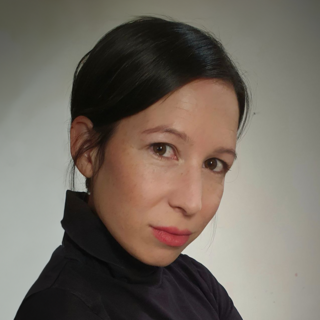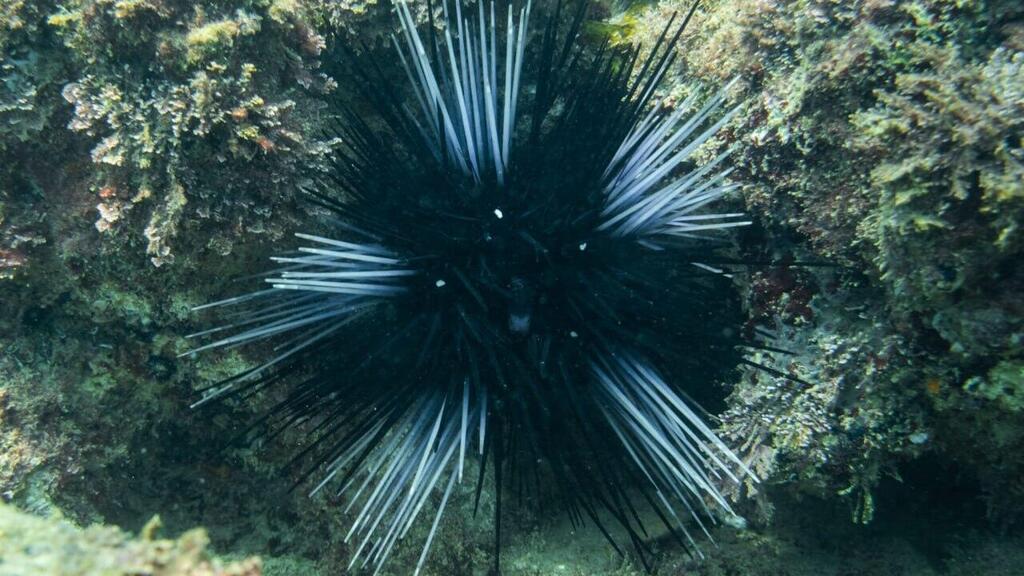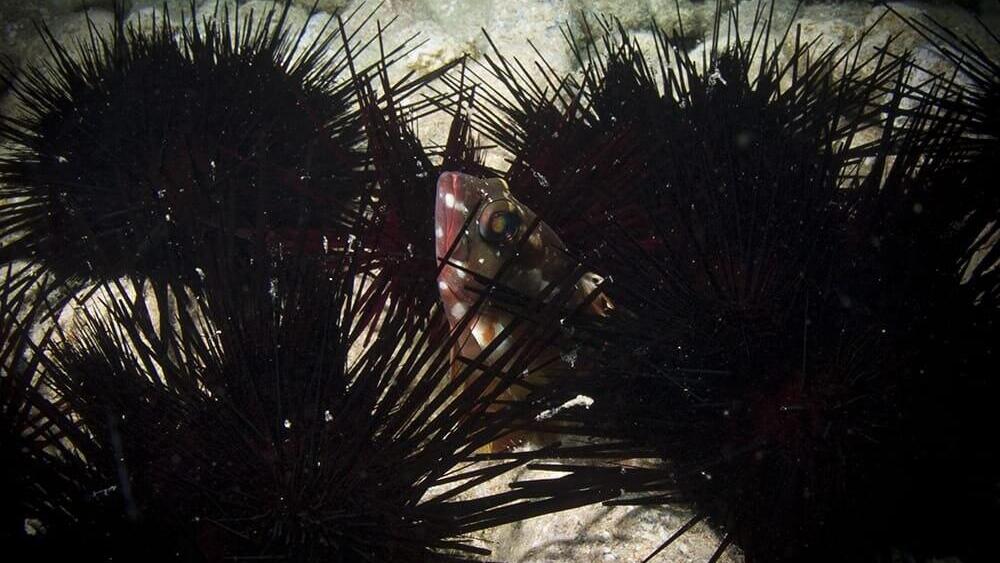Getting your Trinity Audio player ready...
A deadly epidemic has wiped out nearly the entire population of sea urchins in the Gulf of Eilat within just a few months. Years before the outbreak, the same species, the long-spined sea urchin (Diadema setosum), had invaded the Mediterranean Sea. Now, the Society for the Protection of Nature in Israel (SPNI) has launched a project to map the marine creatures along the Mediterranean and Red Sea coasts, using the SeaWatch app.
Bar Sternbach, coordinator of SeaWatch and marine projects at SPNI, said all sea urchin species in Israel are classified as protected natural assets, and it is illegal to touch or harm them. "In Eilat, as a native species, sea urchins play a vital role in the coral reef ecosystem by feeding on algae that cover the corals, allowing sunlight to penetrate and keeping the reef healthy," he said.
Dead sea urchins
(Video: Tel Aviv University)
"However, in the Mediterranean, where these urchins were first spotted in 2017, their spread threatens biodiversity. They compete with other herbivorous species for food, and since they lack natural predators, their population is expected to grow."
Sea urchins have been observed from Jaffa in the south to Akhziv in the north along the Mediterranean coast and are believed to be more widespread. “It’s crucial to gather information on the few individuals that survived in the Gulf of Eilat to monitor the impacted population and help preserve it. At the same time, mapping the invasive urchins in the Mediterranean will help analyze their invasion patterns and develop a policy,” Sternbach explained.
"As the long-spined sea urchin is an invasive species in the Mediterranean, and its population has been growing in recent years, it is important to study its potential to establish itself and its ecological impact," said Iris Freis, a doctoral student researching the invasion's ecology at the Israel Oceanographic and Limnological Research Institute.
Freis’s current research indicates that the urchin invasion poses a potential threat to the biodiversity of rocky reefs. The new project will gather data from divers and other sea enthusiasts to monitor its spread. Observations from the Mediterranean will allow for an analysis of the invasion patterns and the habitats where these urchins have established themselves.
Dr. Nirit Lavie-Alon, coordinator of Citizen Science at SPNI and the Israeli Citizen Science Center at the Steinhardt Museum of Natural History at Tel Aviv University, highlighted the role of citizen science in nature conservation. "In recent years, citizen science initiatives, which combine researchers and the general public, have helped collect data on various animal species and contributed to research and conservation. Recently, we managed to map the distribution of an invasive aggressive crab species called Victor’s Mitten Crab."
The SeaWatch app, developed by SPNI, is designed to streamline law enforcement and prevent environmental hazards in the Mediterranean and the Gulf of Eilat by raising public awareness and enabling real-time reporting to authorities. So far, about 16,000 sea enthusiasts have downloaded the app, leading to 4,500 reports. The app allows users to report marine hazards such as illegal fishing, injured animals, pollution, waste, beach driving, and dangerous boating.
The app's "Observation Zone" enables users to report sightings of algae and marine animals such as fish, invasive species, sea turtles, and marine mammals. The contact details of those submitting reports remain confidential, and all reports are sent directly to relevant authorities, including the Israel Nature and Parks Authority, the Ministry of Environmental Protection, local municipalities, or relevant scientific bodies.
Get the Ynetnews app on your smartphone:







